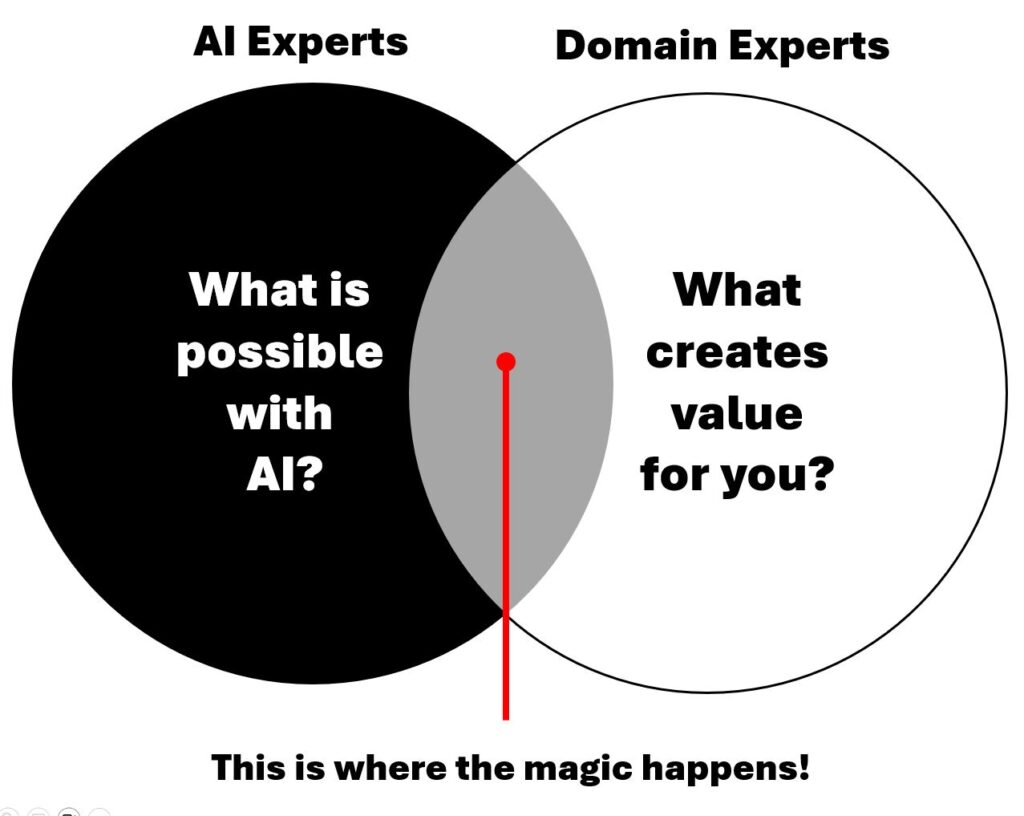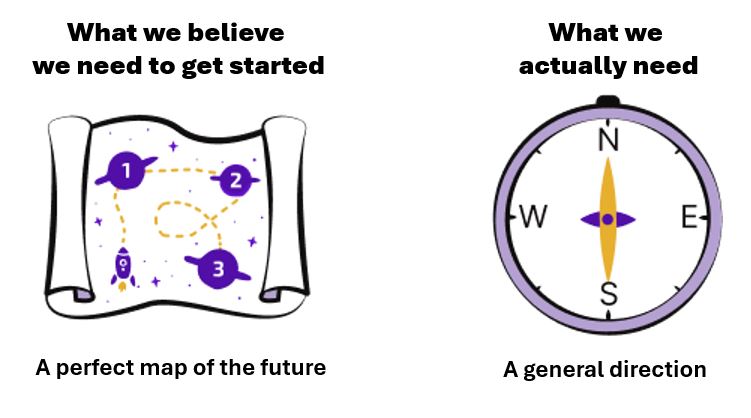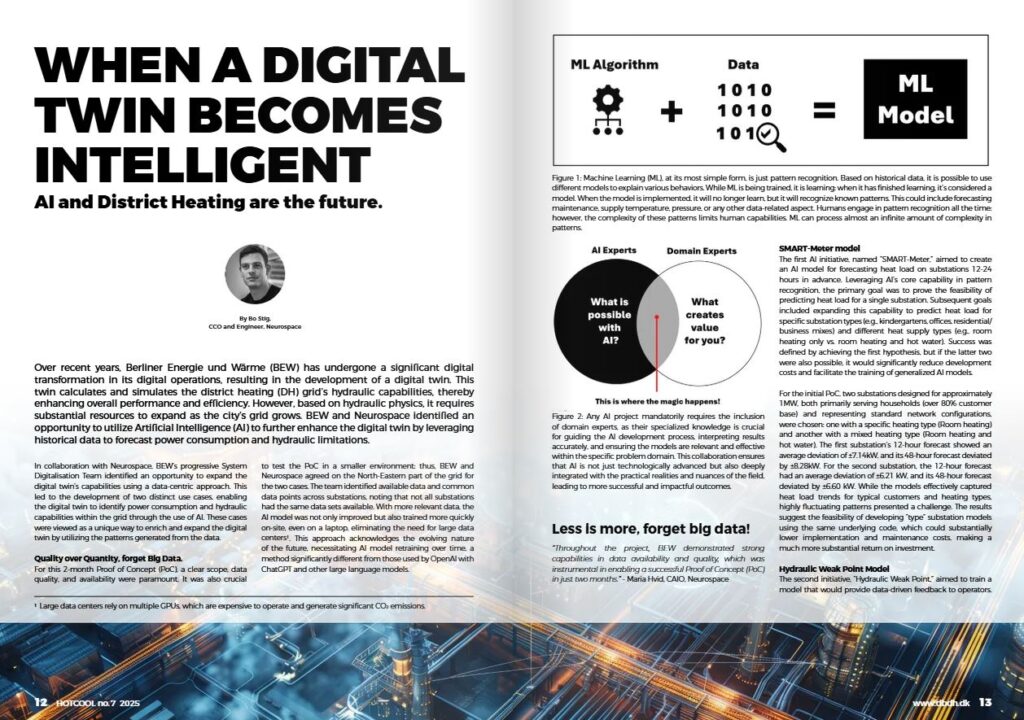Over recent years, Berliner Energie und Wärme (BEW) has undergone a significant digital transformation in its digital operations, resulting in the development of a digital twin. This twin calculates and simulates the district heating (DH) grid’s hydraulic capabilities, thereby enhancing overall performance and efficiency. However, based on hydraulic physics, it requires substantial resources to expand as the city’s grid grows. BEW and Neurospace identified an opportunity to utilize Artificial Intelligence (AI) to further enhance the digital twin by leveraging historical data to forecast power consumption and hydraulic limitations.
By Bo Stig, CCO and Engineer, Neurospace
Published in Hot Cool, edition no. 7/2025 | ISSN 0904 9681 |
In collaboration with Neurospace, BEW’s progressive System Digitalisation Team identified an opportunity to expand the digital twin’s capabilities using a data-centric approach. This led to the development of two distinct use cases, enabling the digital twin to identify power consumption and hydraulic capabilities within the grid through the use of AI. These cases were viewed as a unique way to enrich and expand the digital twin by utilizing the patterns generated from the data.

Figure 1: Machine Learning (ML), at its most simple form, is just pattern recognition. Based on historical data, it is possible to use different models to explain various behaviors. While ML is being trained, it is learning; when it has finished learning, it’s considered a model. When the model is implemented, it will no longer learn, but it will recognize known patterns. This could include forecasting maintenance, supply temperature, pressure, or any other data-related aspect. Humans engage in pattern recognition all the time; however, the complexity of these patterns limits human capabilities. ML can process almost an infinite amount of complexity in patterns.
Quality over Quantity, forget Big Data.
For this 2-month Proof of Concept (PoC), a clear scope, data quality, and availability were paramount. It was also crucial to test the PoC in a smaller environment; thus, BEW and Neurospace agreed on the North-Eastern part of the grid for the two cases. The team identified available data and common data points across substations, noting that not all substations had the same data sets available.
With more relevant data, the AI model was not only improved but also trained more quickly on-site, even on a laptop, eliminating the need for large data centers . This approach acknowledges the evolving nature of the future, necessitating AI model retraining over time, a method significantly different from those used by OpenAI with ChatGPT and other large language models.
Less is more, forget big data!
“Throughout the project, BEW demonstrated strong capabilities in data availability and quality, which was instrumental in enabling a successful Proof of Concept (PoC) in just two months.” – Maria Hvid, CAIO, Neurospace

Figure 2: Any AI project mandatorily requires the inclusion of domain experts, as their specialized knowledge is crucial for guiding the AI development process, interpreting results accurately, and ensuring the models are relevant and effective within the specific problem domain. This collaboration ensures that AI is not just technologically advanced but also deeply integrated with the practical realities and nuances of the field, leading to more successful and impactful outcomes.
SMART-Meter model
The first AI initiative, named “SMART-Meter,” aimed to create an AI model for forecasting heat load on substations 12-24 hours in advance. Leveraging AI’s core capability in pattern recognition, the primary goal was to prove the feasibility of predicting heat load for a single substation.
Subsequent goals included expanding this capability to predict heat load for specific substation types (e.g., kindergartens, offices, residential/business mixes) and different heat supply types (e.g., room heating only vs. room heating and hot water).
Success was defined by achieving the first hypothesis, but if the latter two were also possible, it would significantly reduce development costs and facilitate the training of generalized AI models.
For the initial PoC, two substations designed for approximately 1MW, both primarily serving households (over 80% customer base) and representing standard network configurations, were chosen: one with a specific heating type (Room heating) and another with a mixed heating type (Room heating and hot water).
The first substation’s 12-hour forecast showed an average deviation of ±7.14kW, and its 48-hour forecast deviated by ±8.28kW. For the second substation, the 12-hour forecast had an average deviation of ±6.21 kW, and its 48-hour forecast deviated by ±6.60 kW. While the models effectively captured heat load trends for typical customers and heating types, highly fluctuating patterns presented a challenge.
The results suggest the feasibility of developing “type” substation models using the same underlying code, which could substantially lower implementation and maintenance costs, making a much more substantial return on investment.
Hydraulic Weak Point Model
The second initiative, “Hydraulic Weak Point,” aimed to train a model that would provide data-driven feedback to operators. This model would identify situations where known weak points could lead to hydraulic limitations, resulting in households losing heat during peak times. Addressing these weak points is crucial for lowering the temperature of the supply heat and, consequently, reducing Berlin’s district heating production.
Two models were developed using operational data, smart meter readings, and weather forecasts. The first model, designed to predict pressure differences at key network points, achieved an accuracy of ±0.1 bar. The second model, which forecasted the supply water temperature, was accurate to within ±3.53℃.
Both models performed effectively even with novel data. While adept at predicting system behavior within normal operating ranges, the interconnectedness of the heating system, where changes in one part affect others, poses a challenge for the current models to fully comprehend causal relationships. Although deemed successful, further study is recommended to understand the individual effects of various factors better.
Smaller implementations
With two successful cases proving that it is possible to make predictions on heat load and weak points. At this stage, the foundations of the AI models are established, but they still need to be matured for production. This formed the basis for implementing a solution in a selected area where there was a hydraulic weak point and a substantial number of substations, making it suitable for a real-world application. This will enable the digital twin to make predictions on the heat load and then use this data as metadata to provide an indication of the hydraulic limitations in that area to the operators.

The future of AI and DH is poised for significant growth, with immense potential for both BEW and the broader sector. AI should be considered the same as insulating houses: the more you invest, the less energy you need to match demands. While everyone is fascinated by chatbots, the DH sector could potentially be one of the sectors to show the true potential of this technology in the green transition.
How to make a successful Proof of Concept using AI
Developing a successful AI PoC requires careful planning and execution. Based on our experience, here are the key considerations:
- Be specific: Clearly define the direction of what you aim to solve, what constitutes success, and how success will be measured.
- Ensure data availability: It is paramount that data are accessible before starting, as many systems may not be designed for the current AI era and can bottleneck projects.
- Keep it simple: Prioritize simplicity and make necessary compromises instead of expending resources on a “perfect” solution that is likely to change significantly before implementation.
- Embrace failure: Innovation inherently involves trial and error. Not all AI projects will succeed, but the successful ones will justify the effort.
- Innovation: AI is about working with people; having the right domain experts is crucial for success and will lower the amount of data that is needed.
For further information please contact: bo.stig@neurospace.io
Fact box about Neurospace
Neurospace was founded on the principle that existing data in DH, previously underutilized, could be leveraged. Therefore, Neurospace specializes in using AI on this data to enhance performance and reduce emissions by minimizing overproduction, all while maintaining the paramount safety of supply.
Fact box about Berliner Energie und Wärme (BEW)
Berliner Energie und Wärme (BEW) operates one of Europe’s largest and most complex DH systems. It is not only separated into several grids but also varies significantly in its technical construction. It comprises over 25,000 substations across four different grids, supplying DH to approximately 700,000 households.
“When a digital twin becomes intelligent” was published in Hot Cool, edition no. 7/2025. You can download the article here:
Did you find this article useful?
Subscribe to the HOT|COOL newsletters for free and get insightful articles on a variety of topics delivered to your inbox twice a month!


